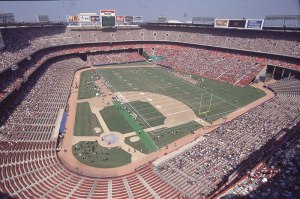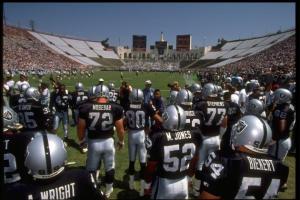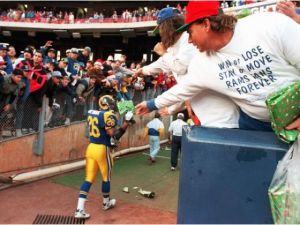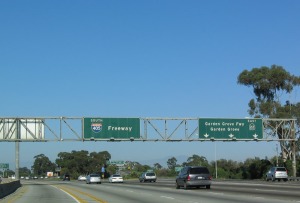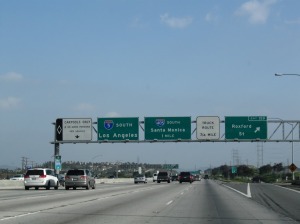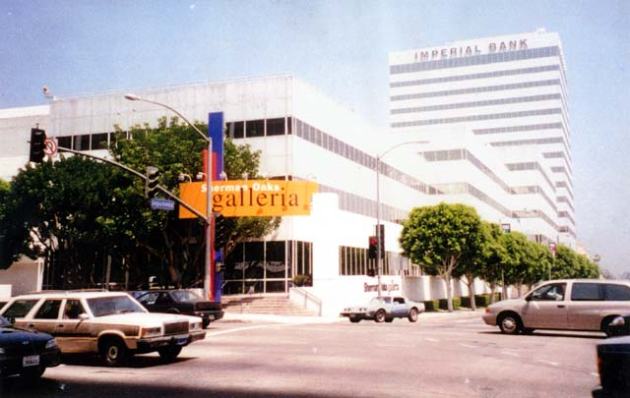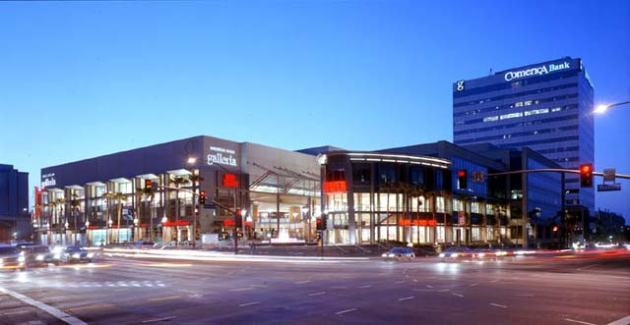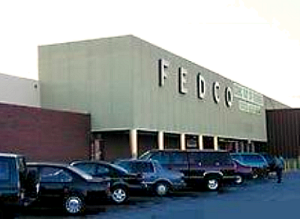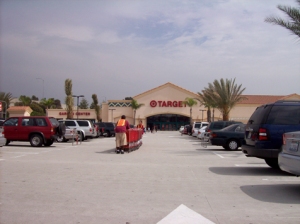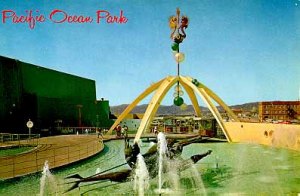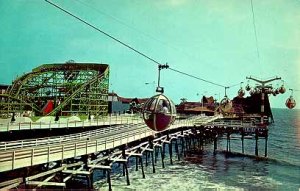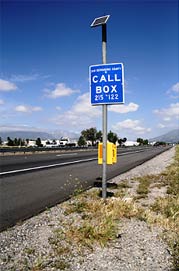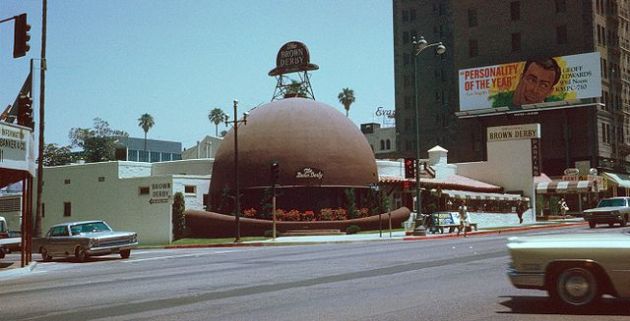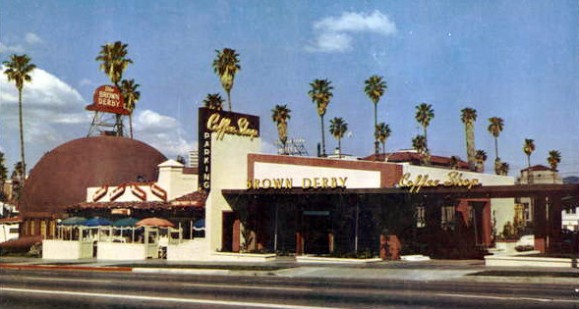On Christmas Eve, 21 years ago, the NFL played their last games in Los Angeles. Both the Rams and Raiders played their last home games at the same time, at the Coliseum in L.A. and at Angel Stadium in Anaheim. Very few had expected that L.A. would lose both NFL teams the next season, and remain left out in the cold for more than 20 seasons.
For the first 12 years of my life, we had two NFL teams, the Raiders and the Rams. The Raiders had just moved to L.A. from Oakland for the 1982 season, after a winning a lawsuit against the NFL, while the Rams had been in L.A. since 1946 and had many great teams, including an NFL Championship in 1951, the Fearsome Foursome of the 1960’s, the dominant teams of the 1970’s and their first Super Bowl appearance (XIV) after the 1979 season, and the fun-to-watch teams of the 1980’s, led by Running Back Eric Dickerson and head coach John Robinson. The Raiders also won Super Bowl XVIII after the 1983 season, led by Marcus Allen who set Super Bowl records in that game, giving Los Angeles its only Vince Lombardi trophy. I started out rooting for the Rams when I was young, but later jumped ship around the time the Rams were tanking, and rooted for the Raiders until they moved back to Oakland in 1995. It has now been a generation since we had any NFL team.
A couple of factors caused both the Rams and Raiders to leaving the L.A. area. The Rams had been struggling for years with losing seasons and low attendance and was already planning to move to St. Louis for the 1995 season. Meanwhile, Raiders were trying to get a brand new stadium, with luxury boxes in Los Angeles. Additionally, NFL games were frequently blacked-out in Los Angeles, due to insufficient attendance.
At the Rams last home game against Washington in 1994, the fans who came to game were hoping for a happy ending before moving to St. Louis, but only 25,000 showed up and there were many empty seats around Angel Stadium, which was also home of the Rams, in addition to the Angels from 1980 to 1994. The Rams lost a close one, 24-21 and ended the year with a dismal 4-12 record. Some fans did hope that the owner at the time, Georgia Frontiere would sell the team and stay in L.A. They formed the “Save the Rams” group, led by agent Leigh Steinberg to stop the Rams from leaving L.A. Steinberg tried to track Frontiere, but failed to contact her. The Rams did move to St. Louis for the 1995 NFL season, but Frontiere passed away in 2008 and could move back to L.A. in the near-future.
Meanwhile, 35 miles north of Anaheim, at the Coliseum, the Raiders were playing the Chiefs for a playoff spot in front of 65,000 fans. The Raiders lost 19-9 to the Chiefs, and fell short of making the playoffs at 9-7, but no one expected that Raiders would move back to Oakland until mid-1995. This would also be the very last NFL game played at the Coliseum, which was also home of the Rams from 1946 to 1979. As of 2015, the Raiders could be moving back to L.A. because they are having serious trouble trying to get a new stadium back in Oakland.
Since the Rams and Raiders left town, we were hoping for the NFL to come back within a few years, but it hasn’t happened yet. First, Los Angeles would get an expansion team for the 1999 season but failed, due the lack of an agreement and bidding issues. For the next 16 years, the ideas of bringing the NFL back to L.A. came and went. Now in 2015, there are three teams interested in moving to L.A., with two proposed stadiums, in Inglewood and Carson, Calif. The three teams, are the Rams, Raiders, and Chargers and have all played in L.A. in the past. Rams are planning to play in a new stadium at the old Hollywood Park racetrack in Inglewood, while Raiders and Chargers have a new joint stadium in Carson. As we enter 2016, we now have a much better chance of bringing the NFL back to L.A. than before.
I am hoping that we will get at least one team in L.A. for the 2016 NFL season, then host a Super Bowl a few years later at the new stadium. However, I am not very sure which team will win the race to play in L.A. A decision of who moves to L.A. will be decided in the January 2016 NFL Owners Meeting in Houston.
If you want to know more about it, Wikipedia and SI.com have detailed articles about the history of Los Angeles and the NFL and the 1994 NFL season.
Update (2016): Shortly after the initial post, the Rams had announced that they will be returning to Los Angeles for the 2016 NFL season, with a brand new stadium in Inglewood to be ready for the 2019 season. The move was approved by the NFL by a 30-2 vote in January 2016. The NFL is finally back in L.A. after a 22-year absence.
Photo Credits: NFL, AP, Getty Images, L.A. Times, O.C. Register, USC, & V.J. Lovero.


